- Home | Industry Update | Nist Database Aims To Revolutionize Textile Recycling...
Nist Database Aims To Revolutionize Textile Recycling
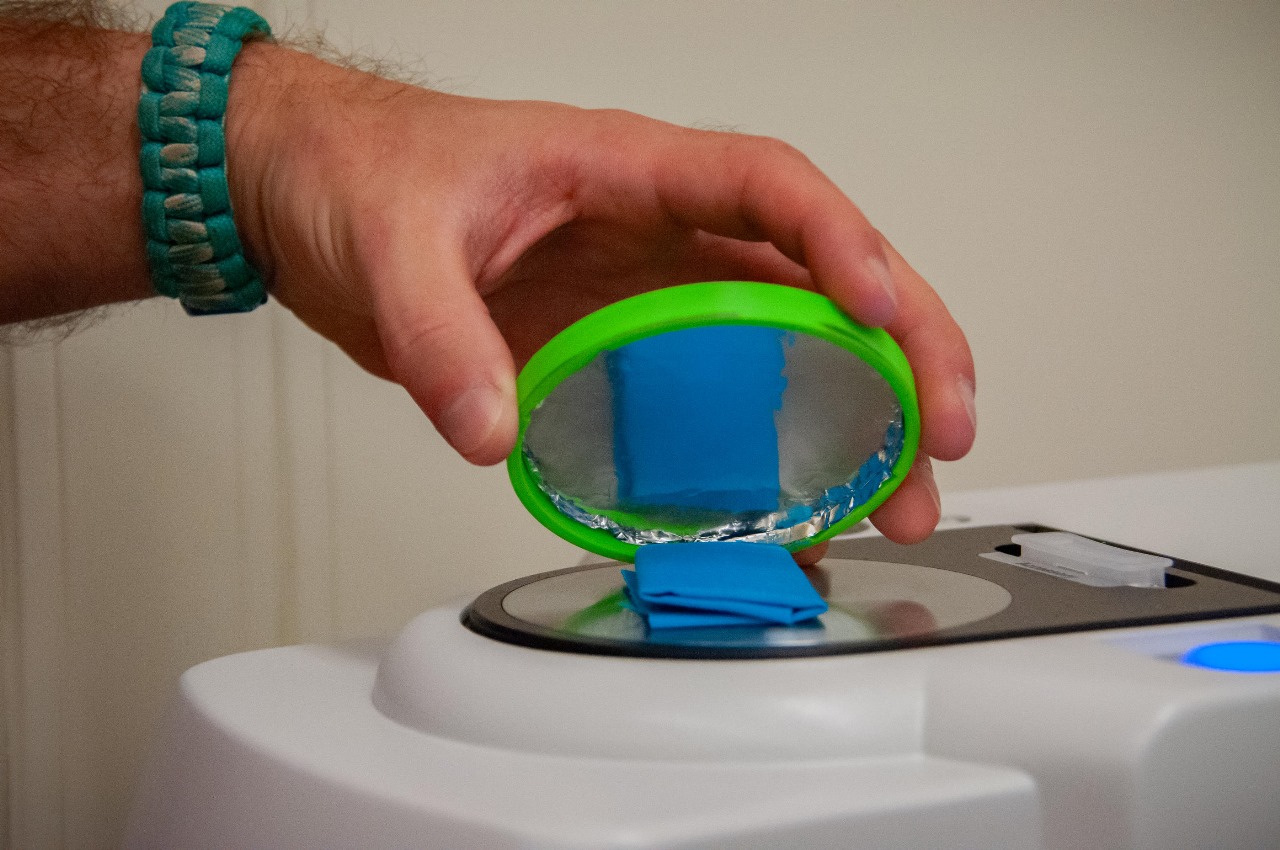
Researchers at the National Institute of Standards and Technology (NIST) have developed a database containing the unique molecular "fingerprints" of different textile fibers. This resource aims to tackle the growing problem of textile waste. By providing a comprehensive reference library, the database will enable recycling facilities to sort fabrics more efficiently and accurately.
Amanda Forster, a materials research engineer at NIST, emphasized the significance of this database. "This reference data will significantly improve sorting algorithms," she explained, "paving the way for high-throughput sorting processes that minimize manual labor." Forster leads the NIST project on textile circularity, which focuses on developing innovative solutions to keep textiles within the economic loop and prevent them from becoming waste.
Textile recycling centers often employ portable near-infrared (NIR) light sensors to categorize clothing. These devices work by measuring how light interacts with the fabric – specifically, how much light is scattered or transmitted. This interaction creates a unique "fingerprint" that can be used to identify the specific fiber type of the garment. NIR spectroscopy can also be integrated into automated conveyor belt systems for efficient sorting. However, despite these advancements, significant manual labor remains a crucial part of most current sorting processes.
In recent years, manufacturers of recycling equipment have increasingly leveraged artificial intelligence (AI) and machine learning (ML) to refine their sorting algorithms. These sophisticated algorithms rely heavily on high-quality reference data for effective training and accurate performance.
NIST's database, known as Near-Infrared Spectra of Origin-defined and Real-world Textiles (NIR-SORT), can significantly contribute to this challenge. NIR-SORT encompasses 64 distinct fabric types and their corresponding near-infrared (NIR) spectral "fingerprints." This comprehensive dataset includes pure fibers like cotton and polyester, blended fibers such as spandex mixes, and real-world fabrics sourced from thrift stores. Manufacturers of NIR scanner systems can leverage this database to rigorously test and train their sorting algorithms, ultimately enhancing the performance and accuracy of their equipment.
02:46 PM, Jan 16


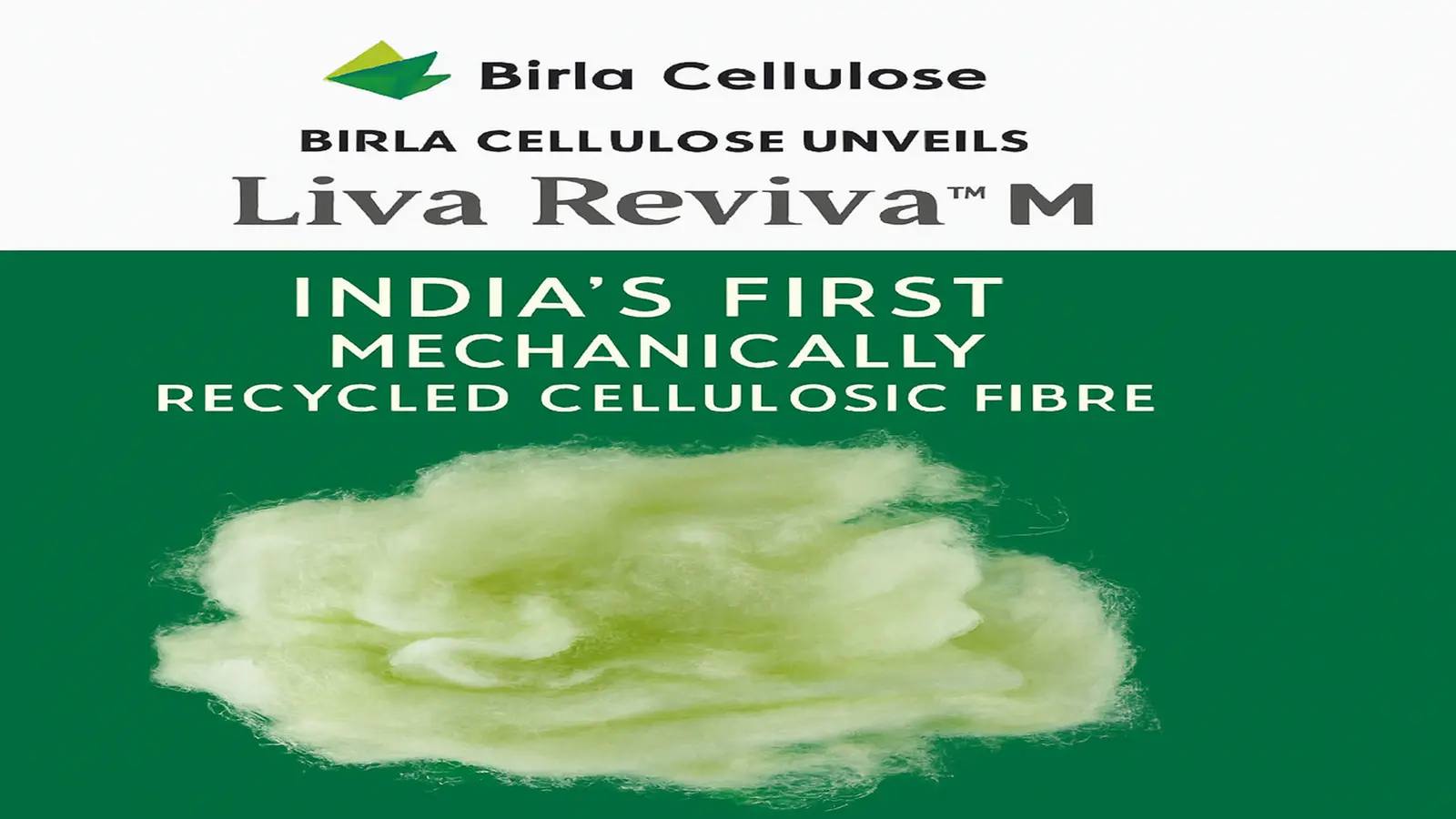




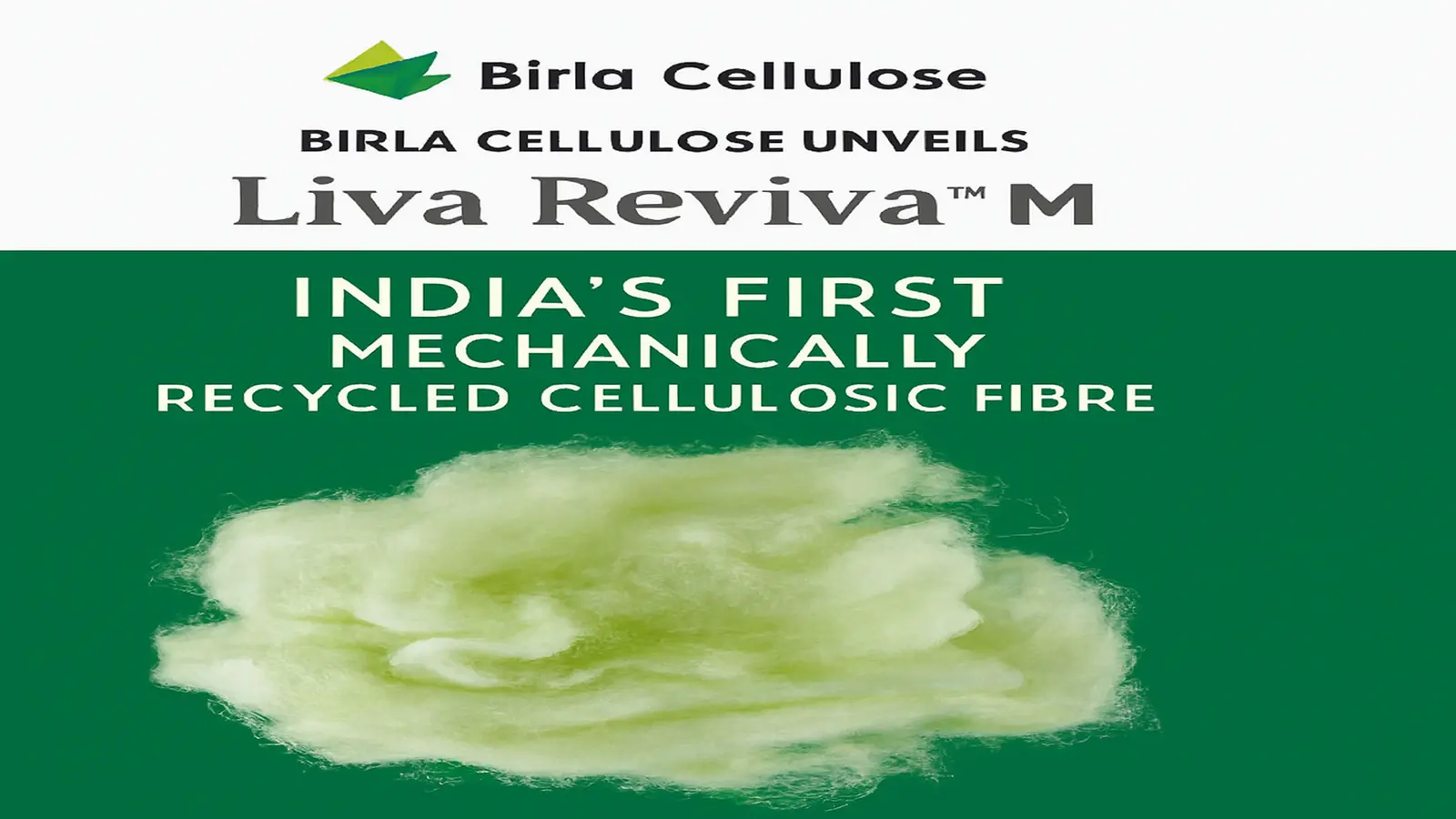




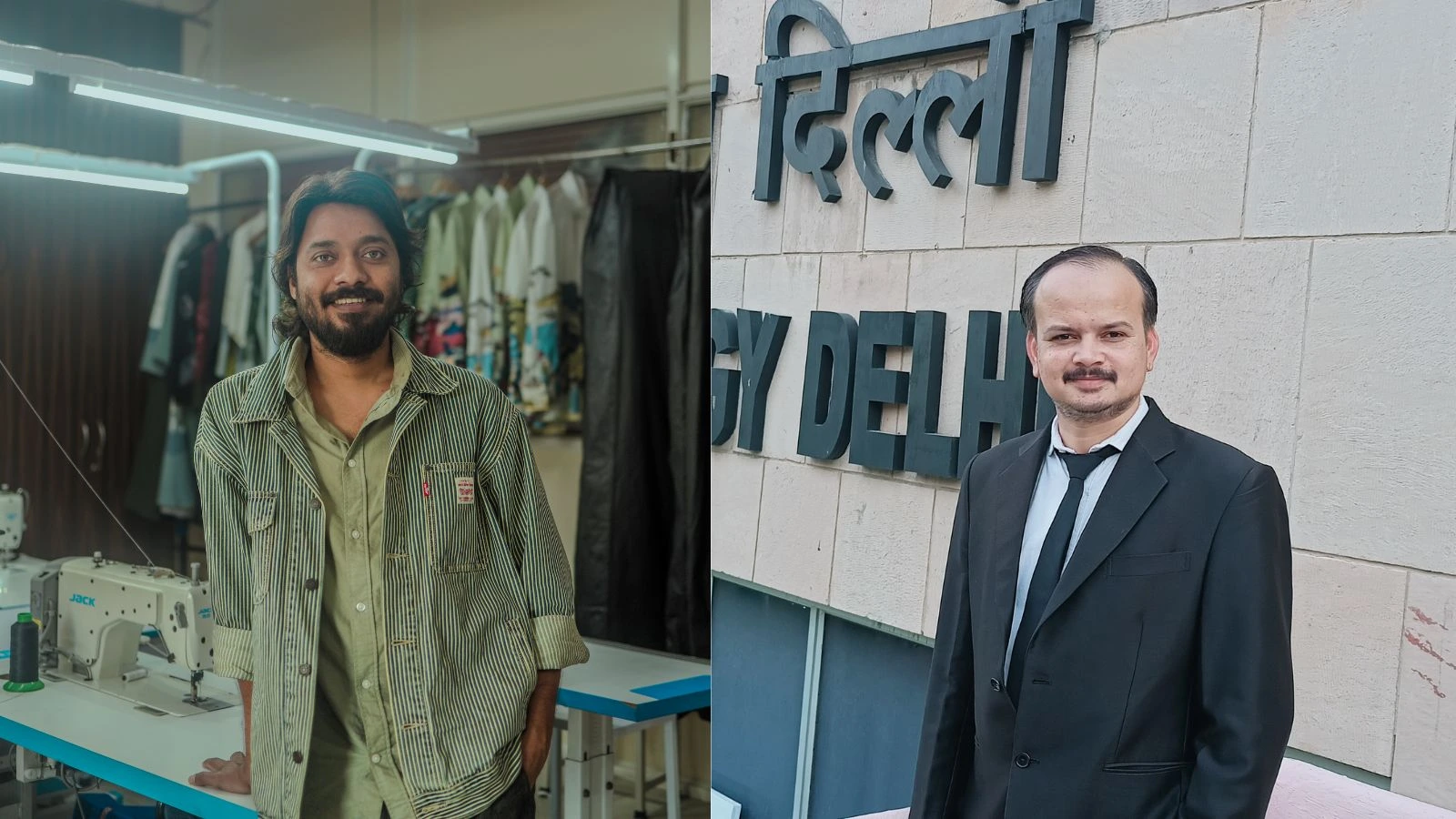
1.webp)











1.webp)
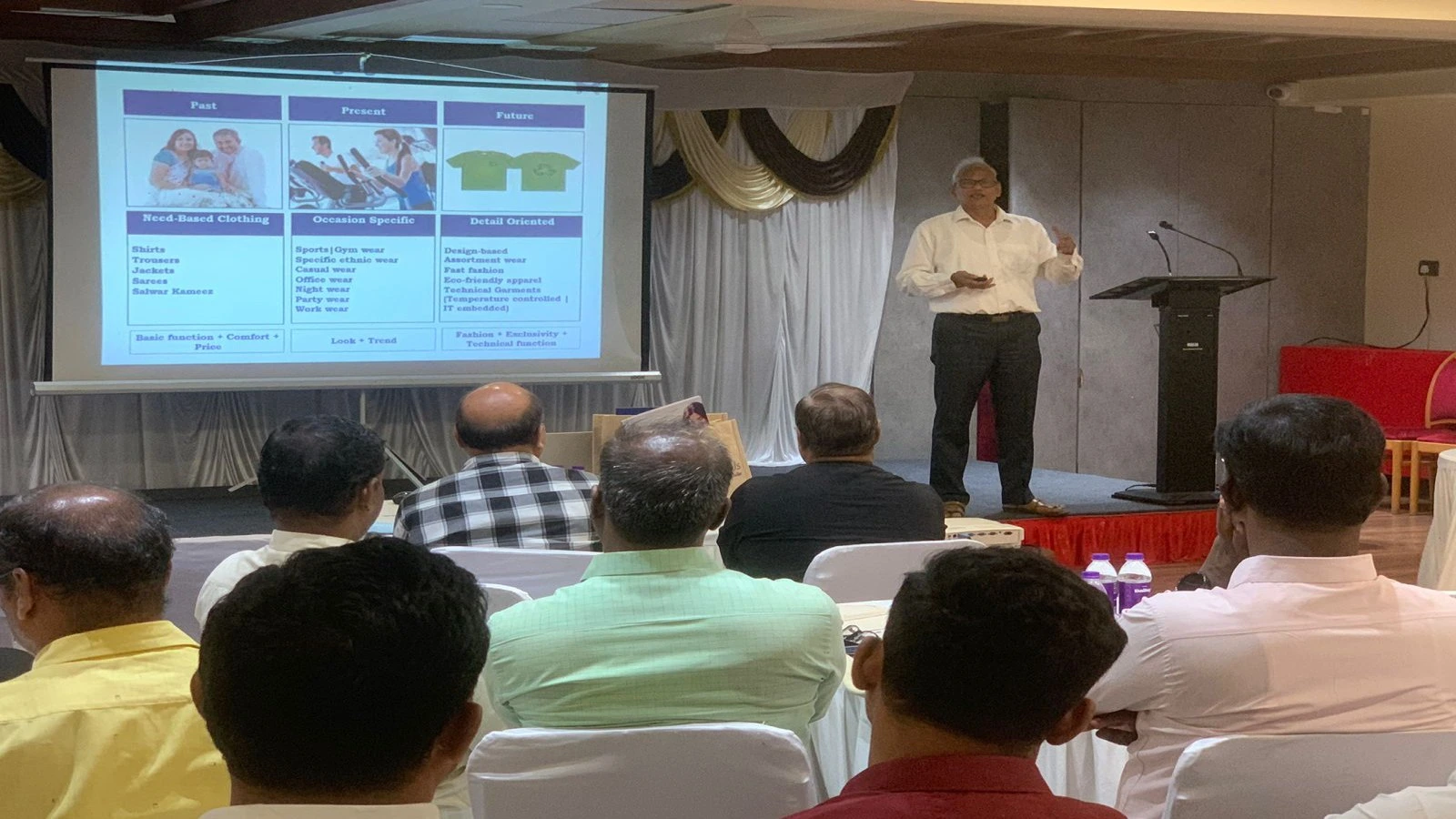



1.webp)























1.webp)









1.webp)








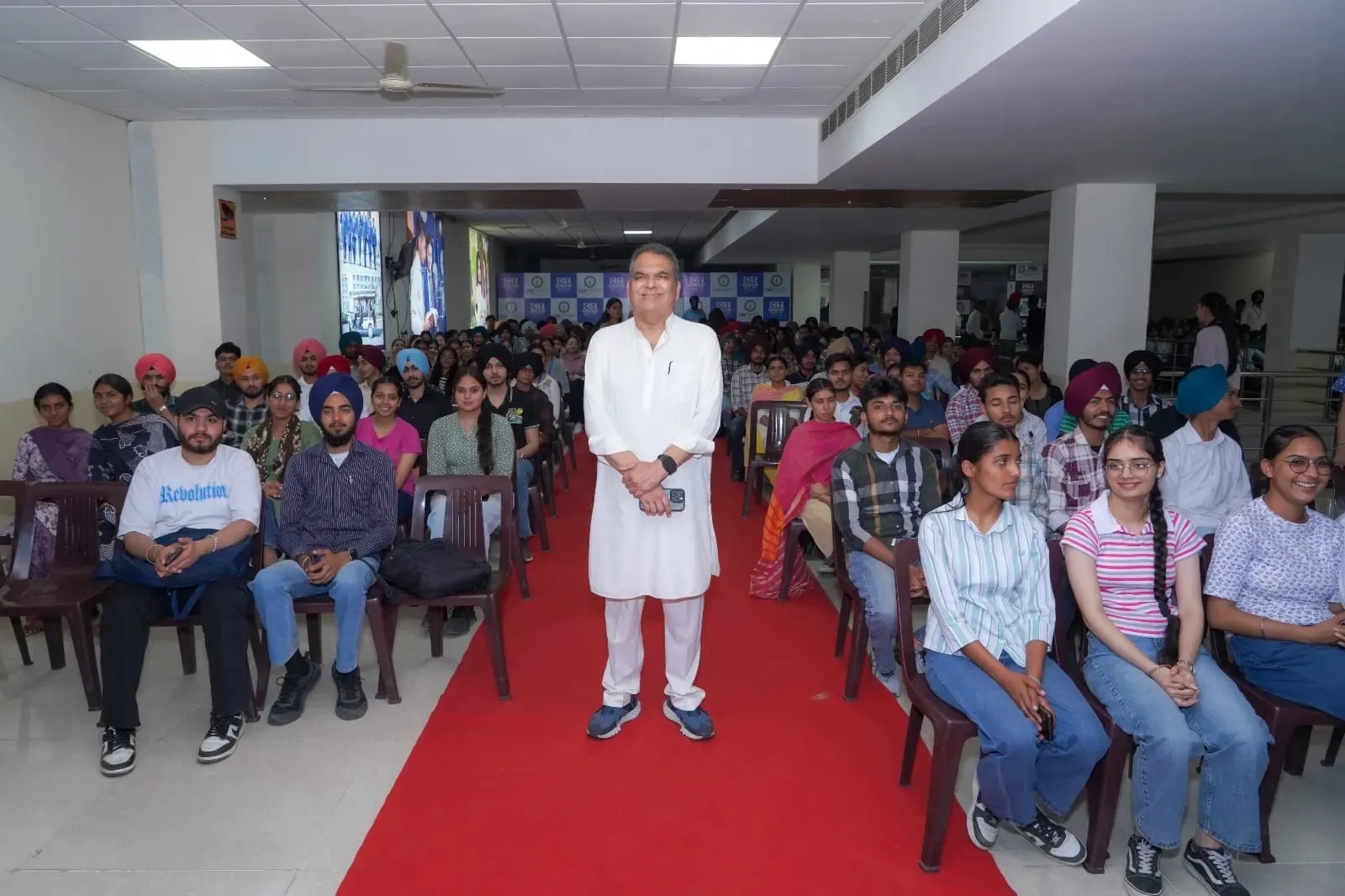






1.jpg)


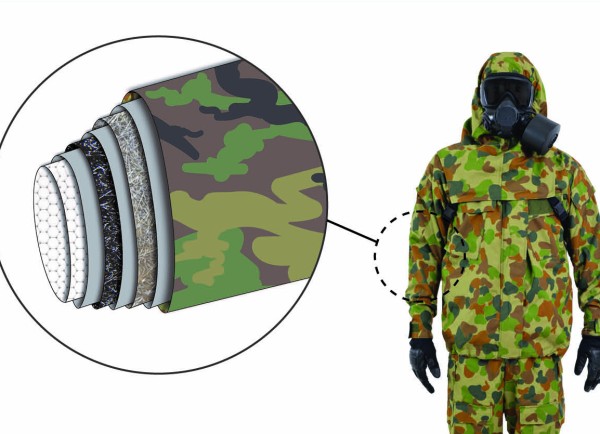












































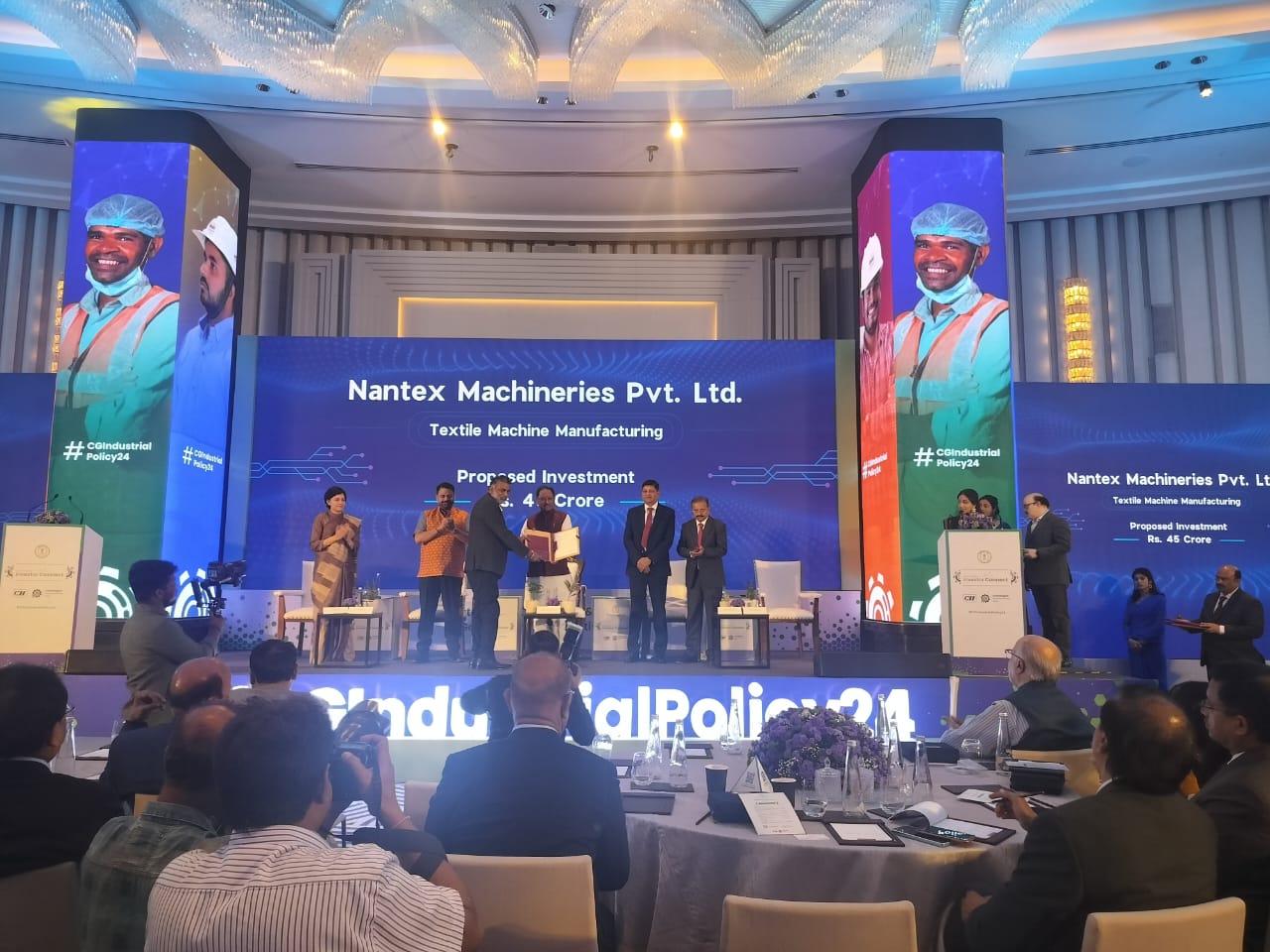





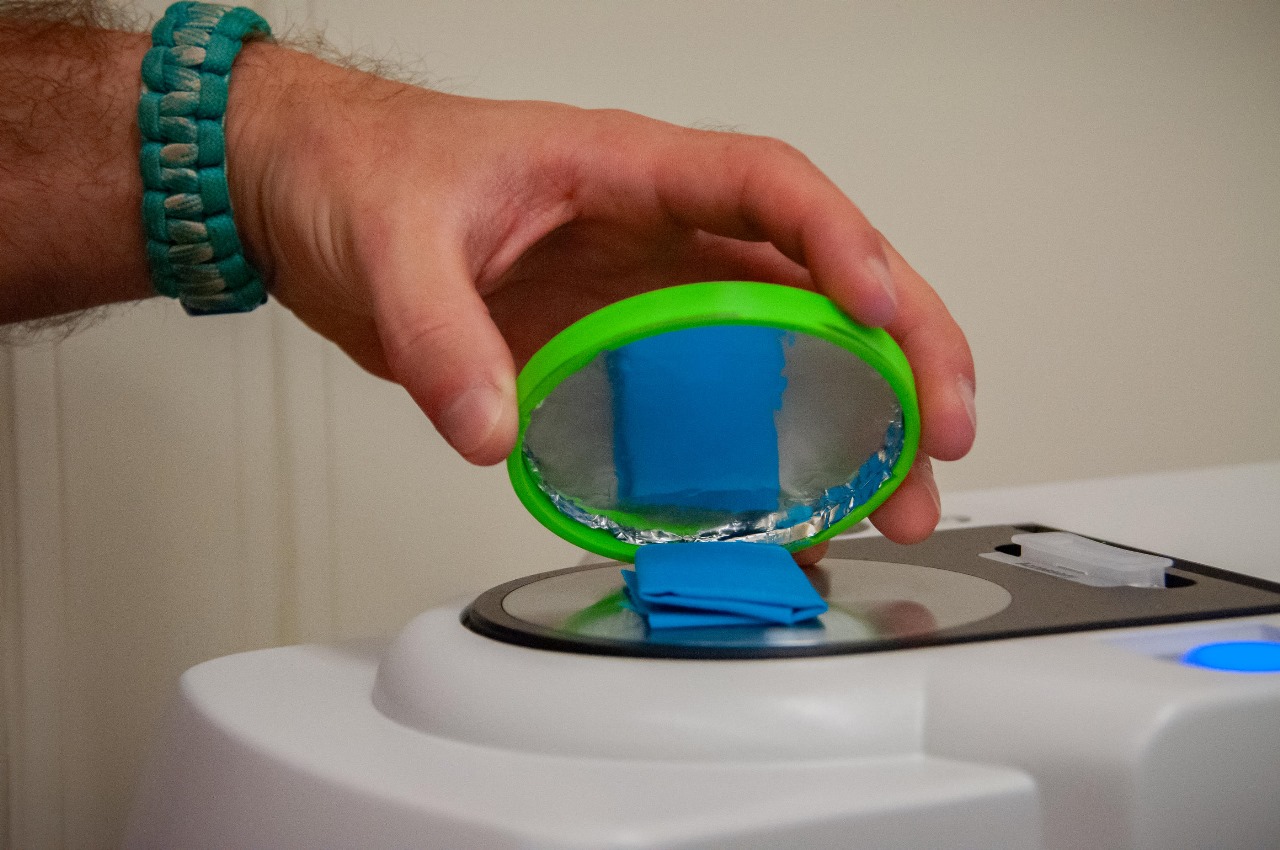


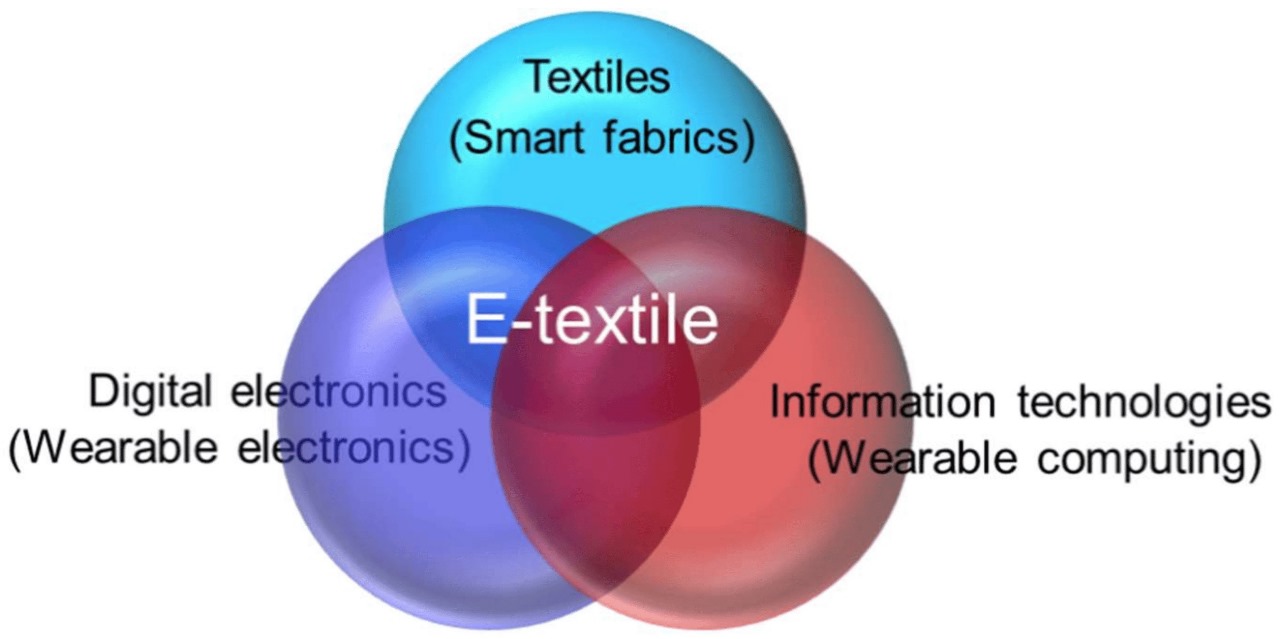


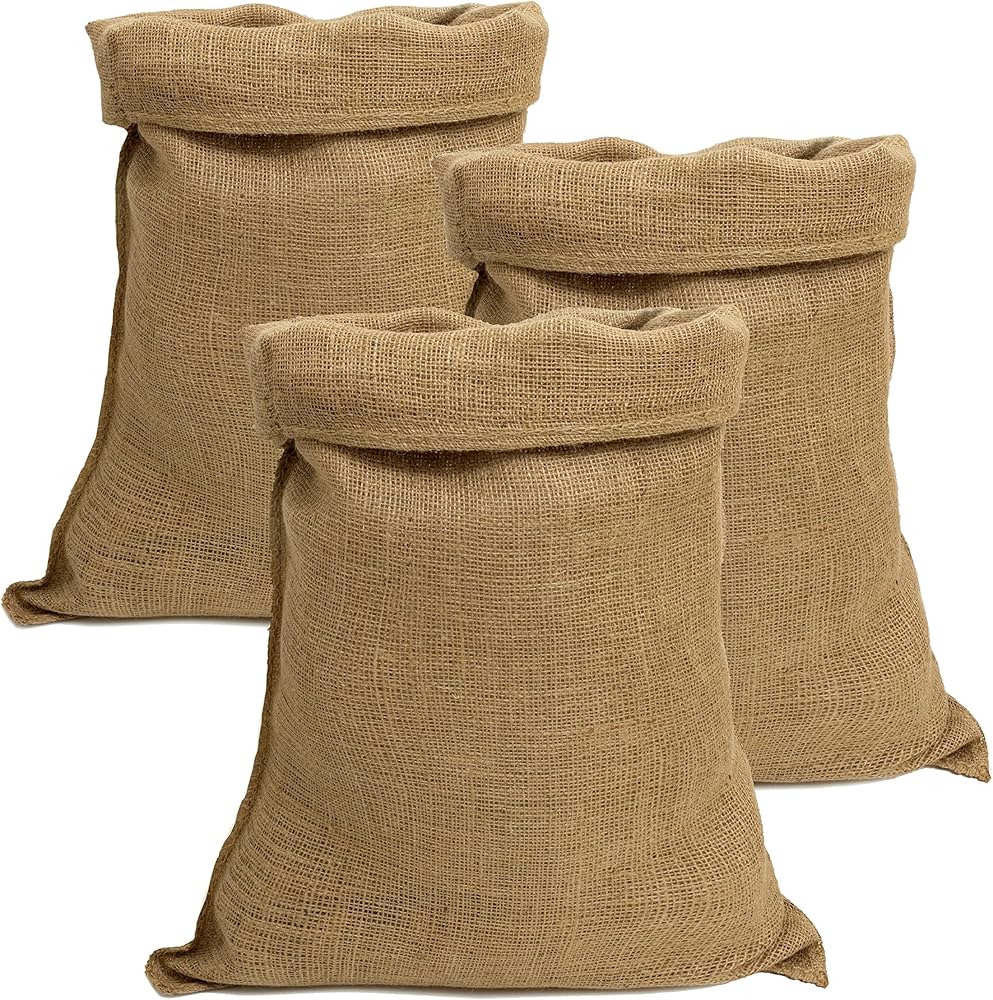






.png)








.jpg)
.jpg)




